Forgotten fashion icons of early hip hop
The world of hip hop is as much about style as it is about music. From its inception, this genre has been a platform for cultural expression and individuality. The pioneers of early hip hop were not just musicians but also fashion icons who used their clothes to make statements. Rediscovering these trailblazers offers a glimpse into how the marriage of music and fashion created a vibrant subculture that continues to influence global trends today.
The Birth of Hip Hop: A Cultural and Fashion Revolution
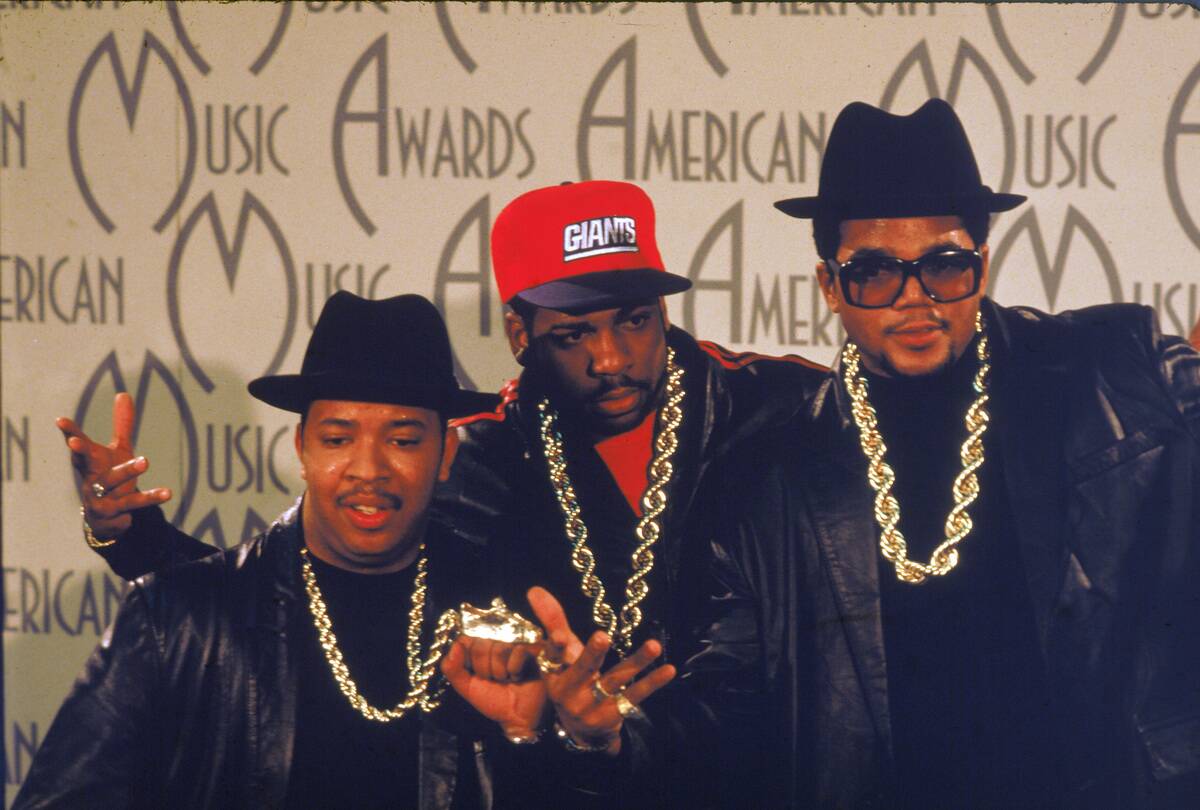
The 1970s in the Bronx saw the birth of hip hop, a movement that was both a cultural and fashion revolution. Hip hop provided a voice to marginalized communities and reshaped the music industry. Alongside the beats and rhymes, a distinct fashion emerged characterized by bold colors, oversized clothing, and unique accessories. This style was a visual representation of rebellion and creativity, echoing the vibrant energy of its musical counterpart.
Afrika Bambaataa: Merging African Heritage with Street Fashion
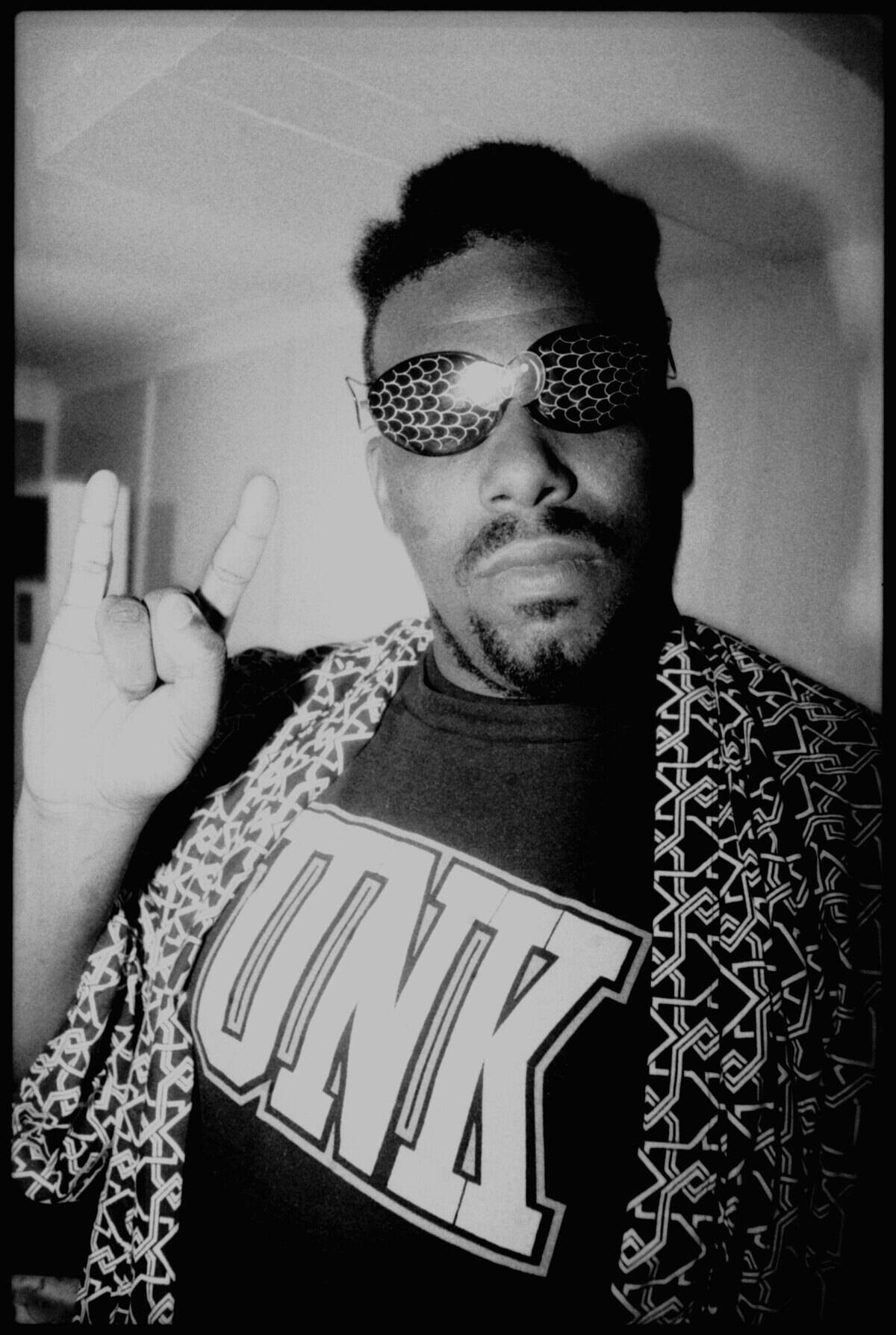
Afrika Bambaataa, a visionary in the hip hop community, seamlessly merged African heritage with street fashion. His eclectic style often included African prints and accessories, reflecting his commitment to cultural roots. Bambaataa’s fashion choices were a celebration of diversity and unity, aligning with his musical mission to use hip hop as a tool for social change and community building.
Grandmaster Flash: Trendsetting with a Flair for the Dramatic
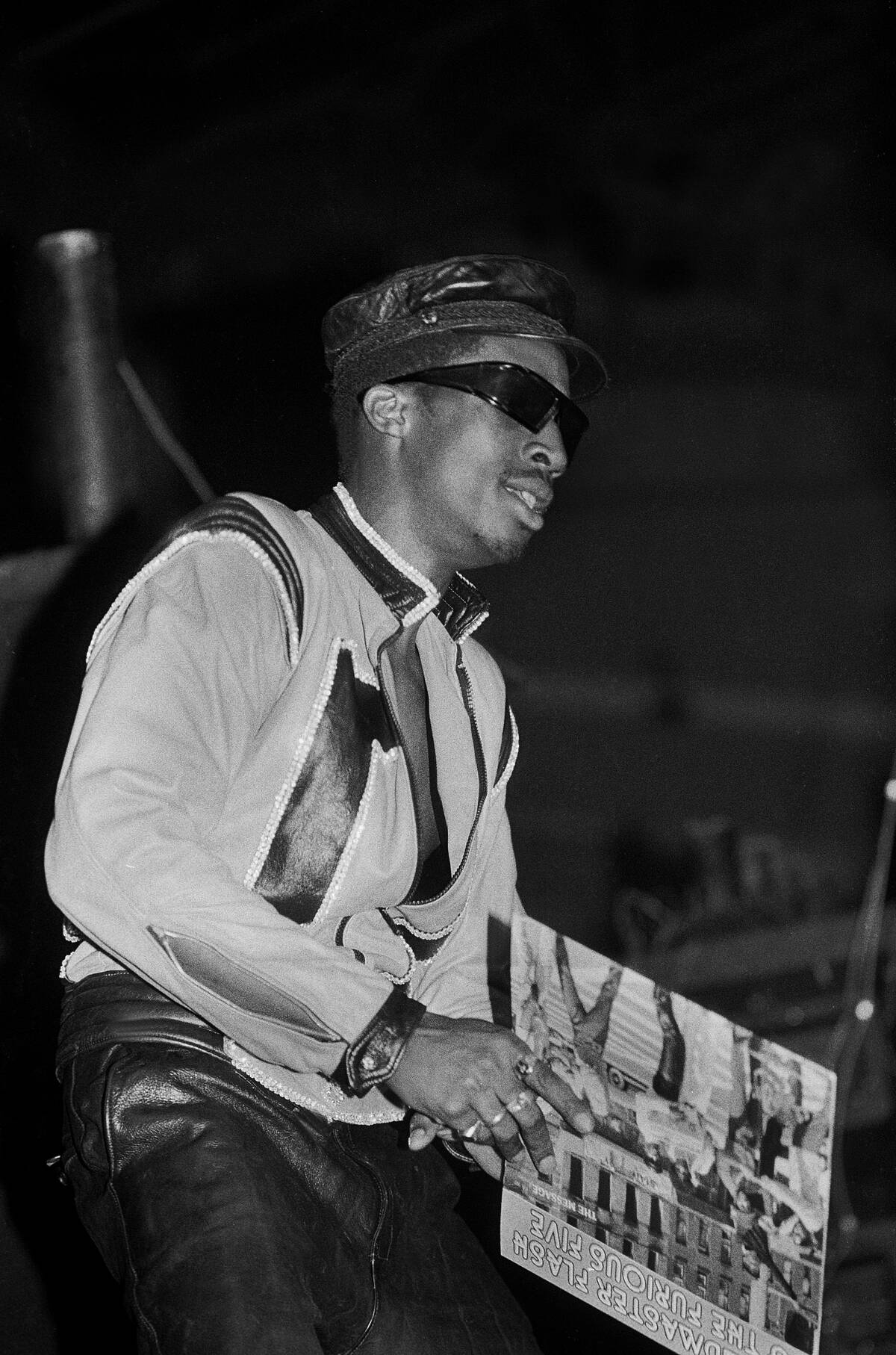
Grandmaster Flash, renowned for his innovative DJ techniques, was also a trendsetter in fashion. Flash’s style was all about drama, incorporating bold patterns and flashy accessories that made him a standout figure. He often sported leather ensembles and eye-catching sunglasses, making sure his look was as memorable as his music. Grandmaster Flash’s fashion statements were as influential as his groundbreaking contributions to hip hop.
The Sugarhill Gang: Bringing Hip Hop Style to the Mainstream
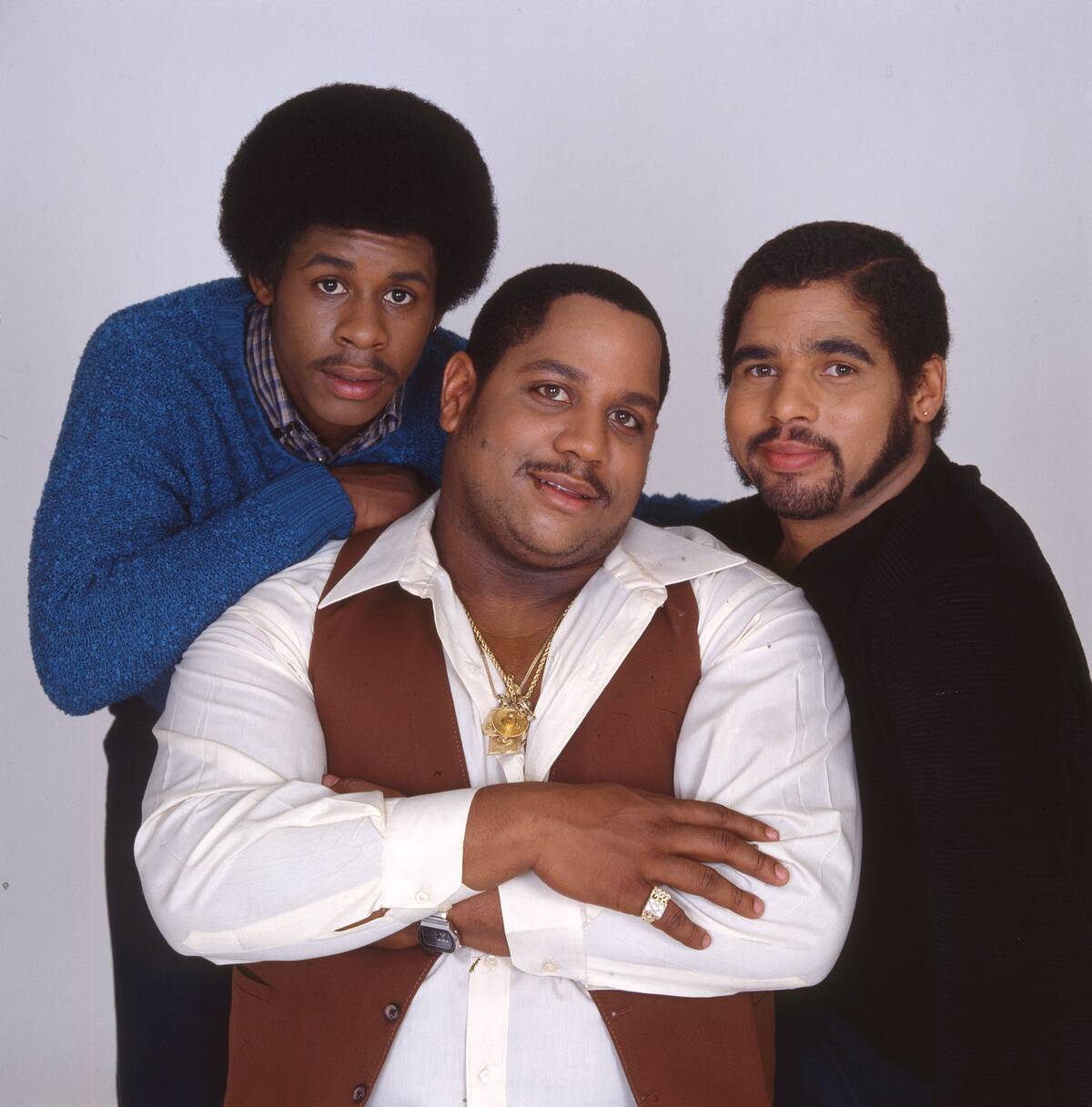
The Sugarhill Gang, famous for the hit “Rapper’s Delight,” played a crucial role in bringing hip hop style to the mainstream. Their coordinated outfits, often featuring vibrant colors and matching accessories, helped solidify hip hop’s place in popular culture. By projecting an image that was both approachable and trendsetting, the Sugarhill Gang paved the way for hip hop fashion to be embraced by a wider audience.
Run-D.M.C.: The Pioneers of Streetwear and Adidas Endorsements
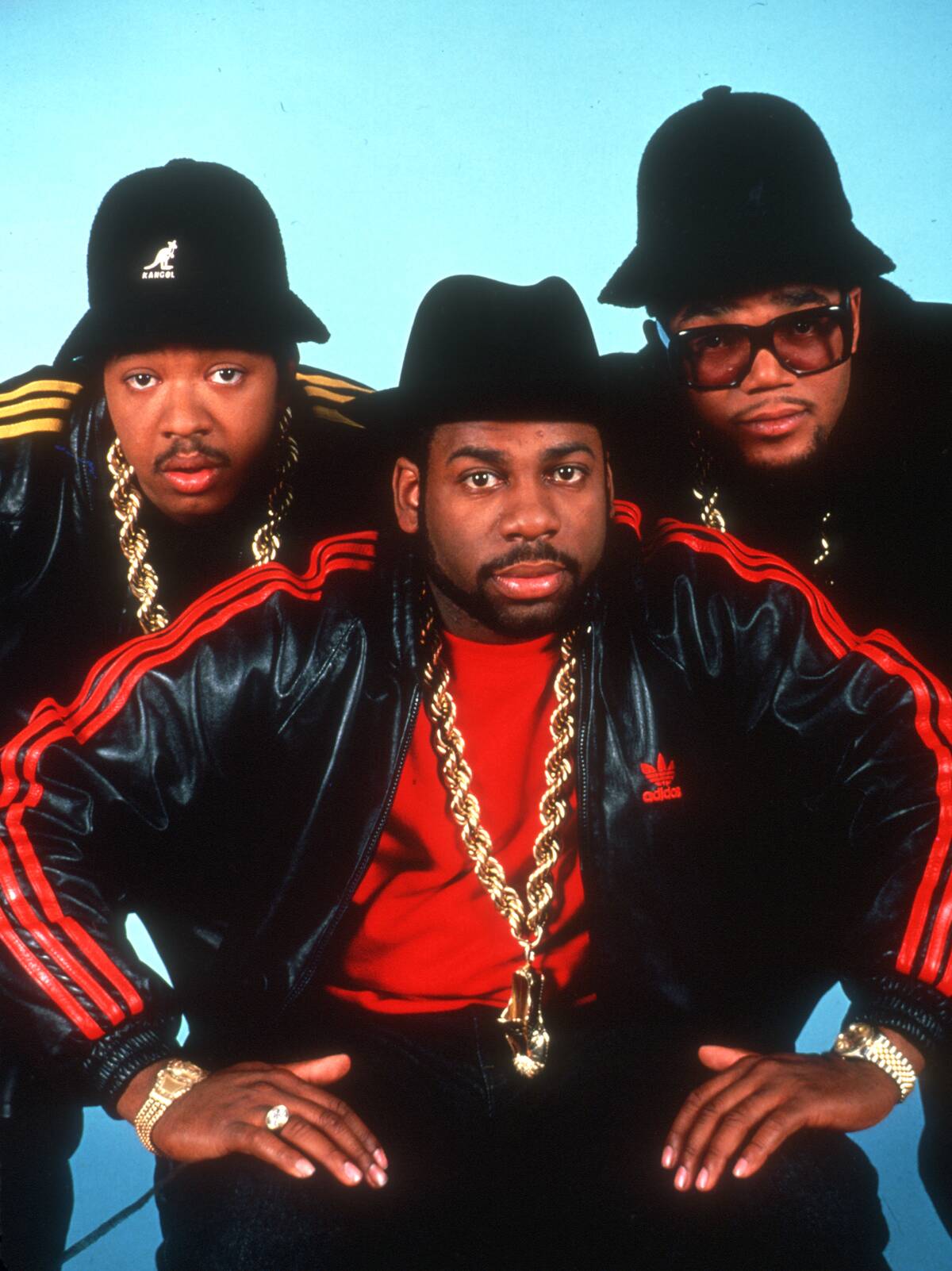
Run-D.M.C. revolutionized hip hop fashion by introducing streetwear to the masses. Their iconic look, characterized by Adidas tracksuits and sneakers, became a defining image of the genre. The group’s partnership with Adidas was a game-changer, marking one of the first major endorsements in hip hop. This collaboration not only elevated their style but also set a precedent for future artists to blend fashion with music commercially.
The Impact of LL Cool J: Kangol Hats and Casual Cool
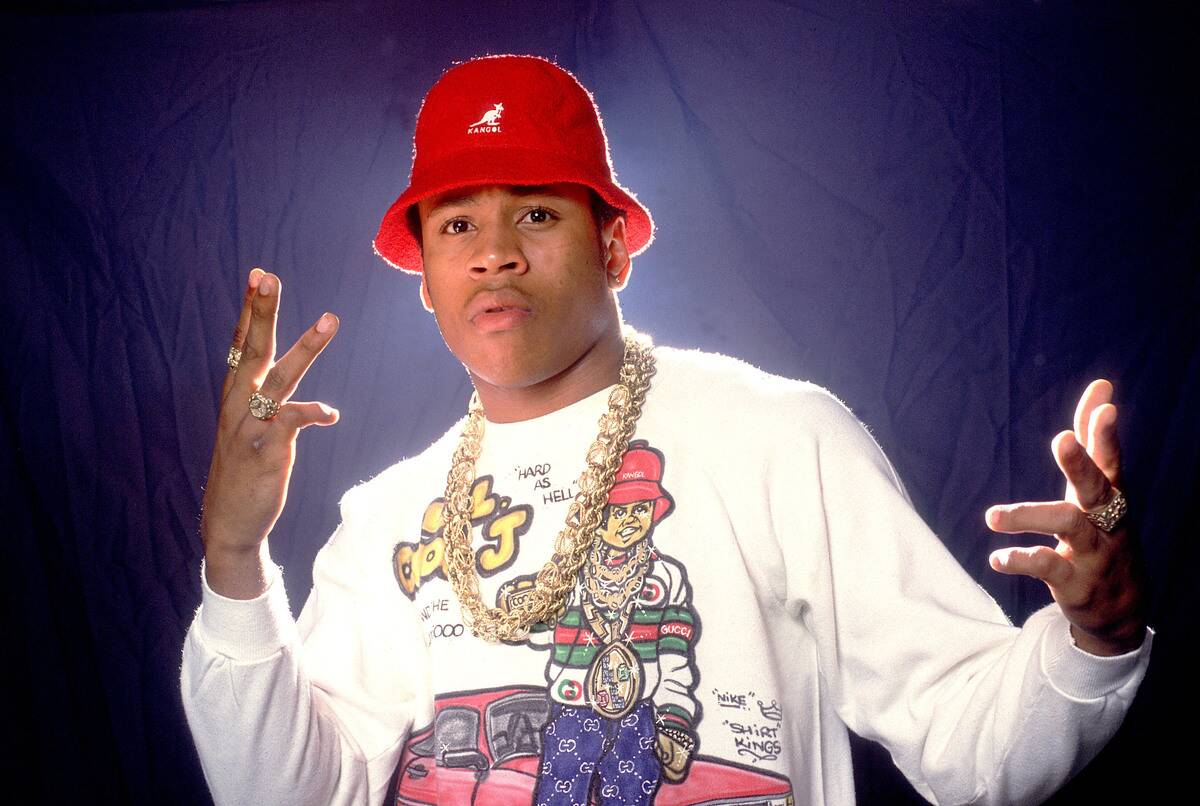
LL Cool J brought a new dimension to hip hop fashion with his casual, cool style. Known for popularizing Kangol hats, his laid-back yet stylish look became a signature of the ’80s hip hop scene. LL Cool J’s ability to blend athletic wear with street fashion resonated with fans, cementing his status as a style icon. His influence extended beyond music, inspiring a generation to embrace a more relaxed fashion sense.
Salt-N-Pepa: Bold Fashion Statements in a Man’s World
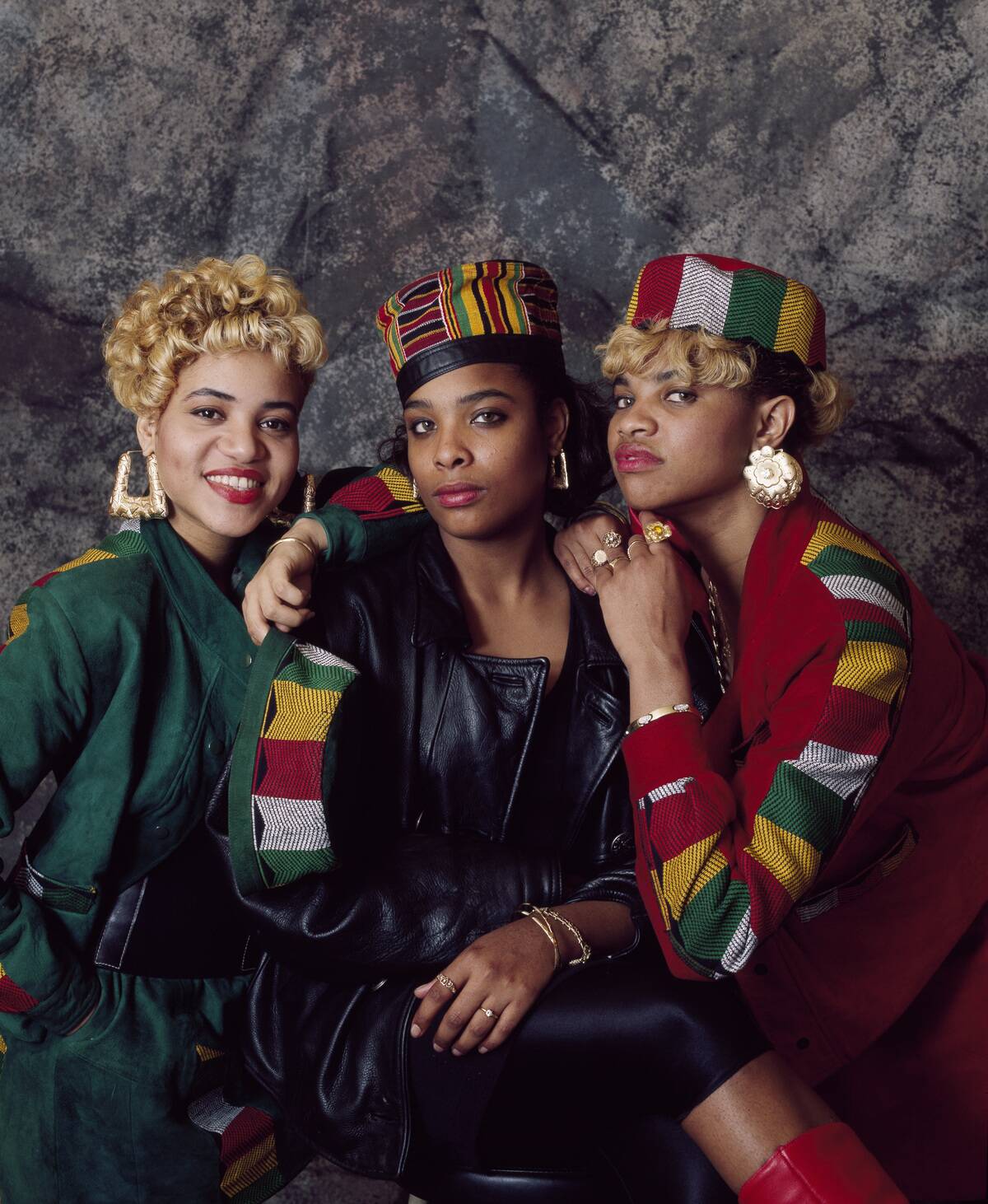
Salt-N-Pepa broke barriers in a male-dominated industry with their bold fashion choices. Their style was unapologetically feminine yet fierce, featuring bright colors, form-fitting outfits, and statement jewelry. By confidently expressing their individuality through fashion, Salt-N-Pepa challenged gender norms and inspired women to embrace their power. Their impact on hip hop fashion is still felt today, proving that style knows no gender.
Rakim: Elevating Hip Hop Elegance with Suave Style
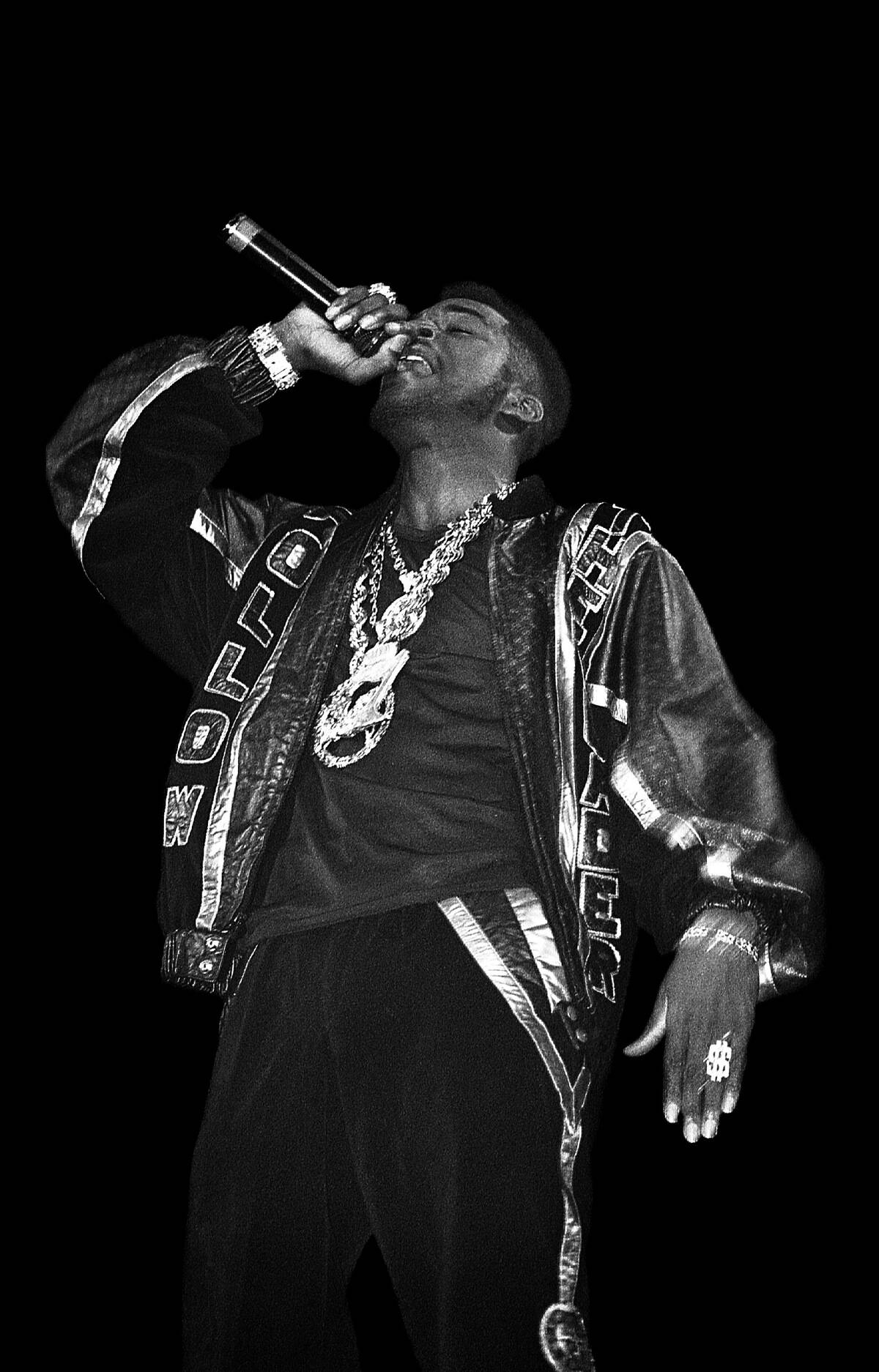
Rakim, one half of the legendary duo Eric B. & Rakim, brought a sense of sophistication to hip hop style. His preference for tailored suits and polished attire set him apart from his contemporaries who favored more casual looks. Rakim’s suave style was a testament to his lyrical genius, as he elevated the art of hip hop with both his words and his wardrobe. His influence continues to inspire artists seeking to blend elegance with street credibility.
Slick Rick: Flash and Flamboyance with Eye-Catching Jewelry
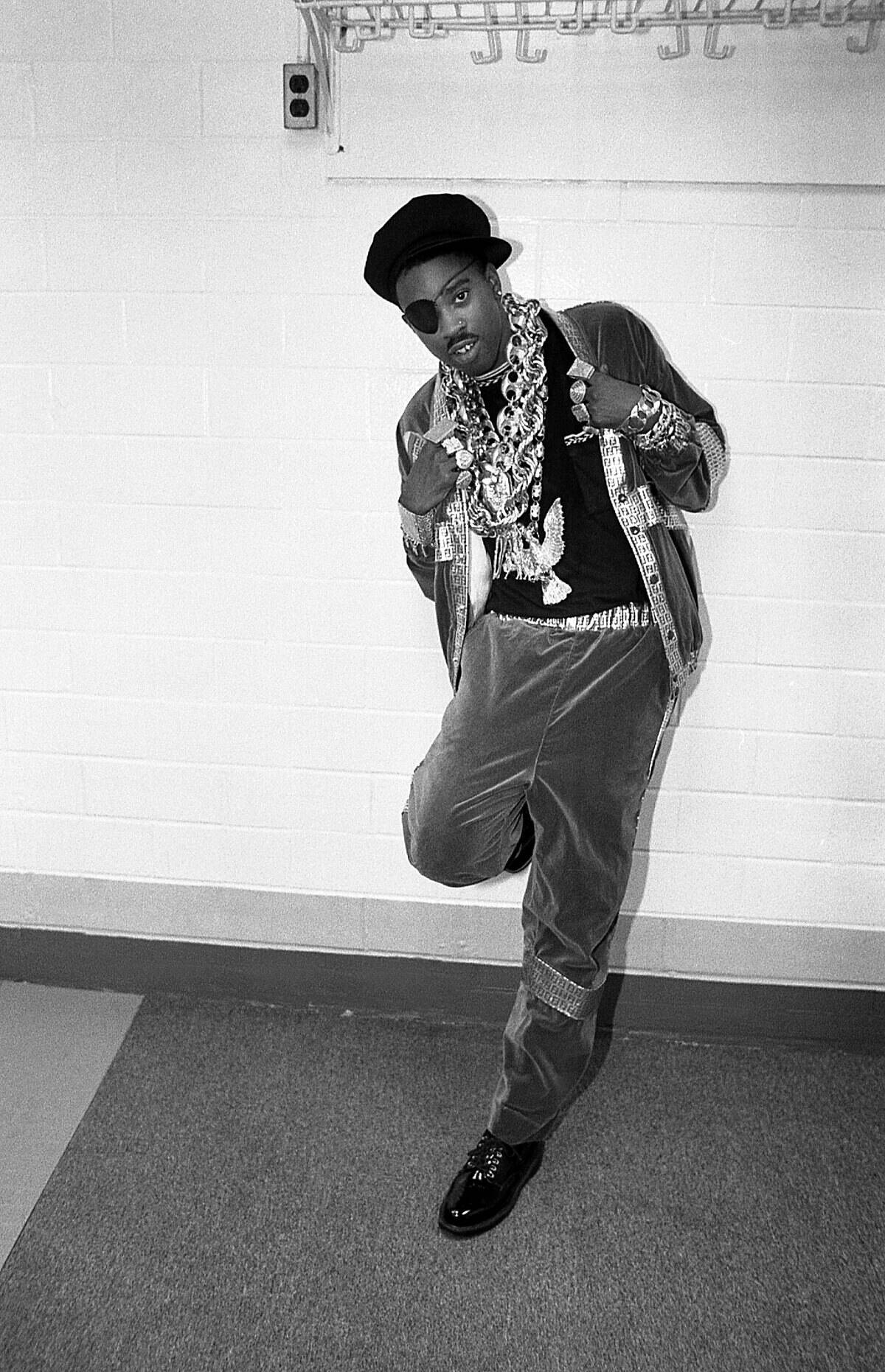
Slick Rick, known for his storytelling prowess, also made waves with his flashy fashion sense. His love for extravagant jewelry, including oversized chains and rings, became a trademark of his persona. Slick Rick’s flamboyant style was more than just a visual spectacle; it was a statement of success and individuality. His influence on hip hop fashion is marked by the continued popularity of bold accessories in the genre today.
The Legacy of Big Daddy Kane: Suits and Sophistication
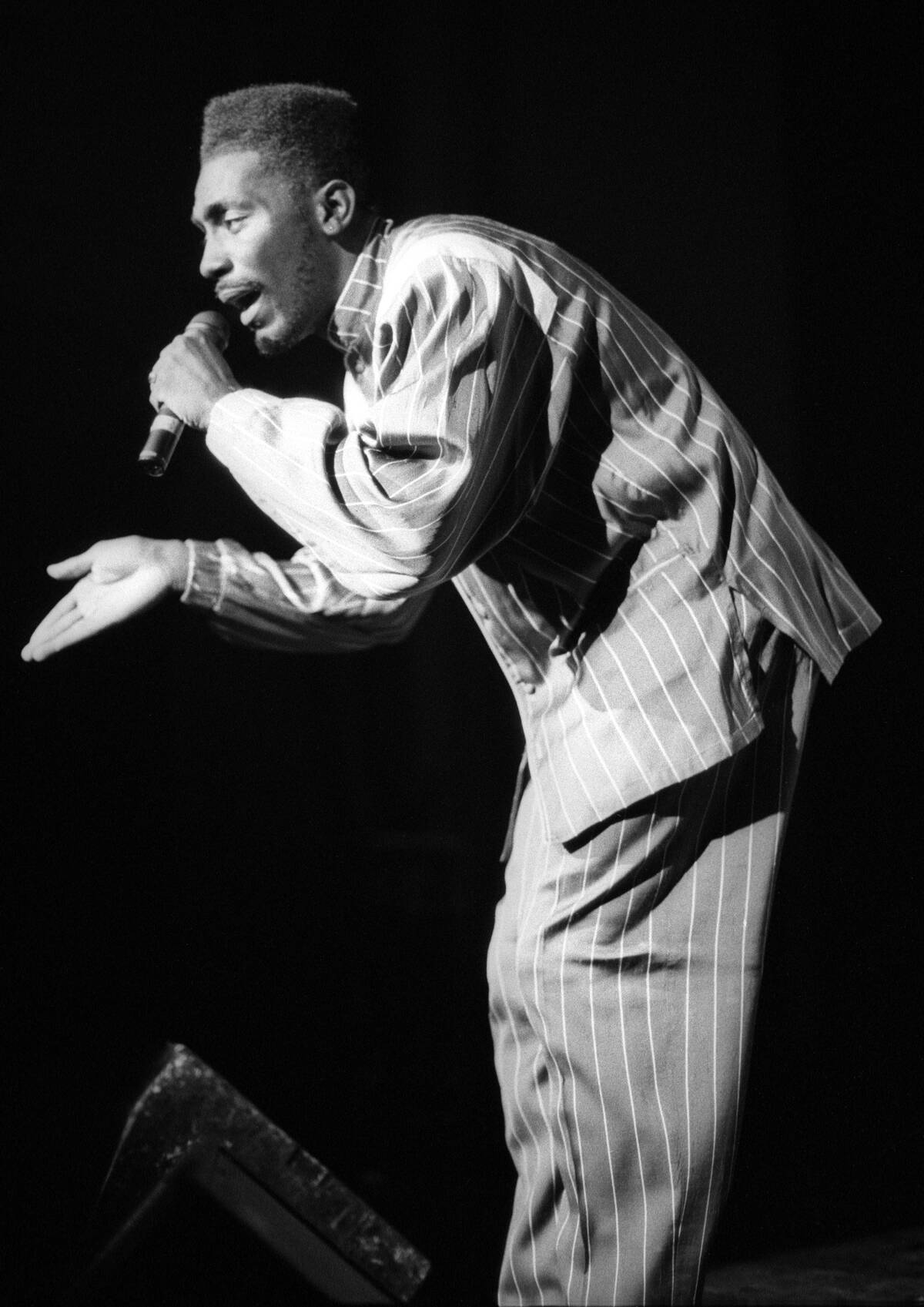
Big Daddy Kane brought an element of sophistication to hip hop, often seen in tailored suits that exuded confidence and class. His style choices reflected his smooth lyrical delivery, creating a cohesive image that resonated with fans. By embracing a more refined look, Big Daddy Kane set a new standard for hip hop fashion, demonstrating that elegance and street style could coexist harmoniously.
MC Lyte: Breaking Gender Barriers with Confidence and Style
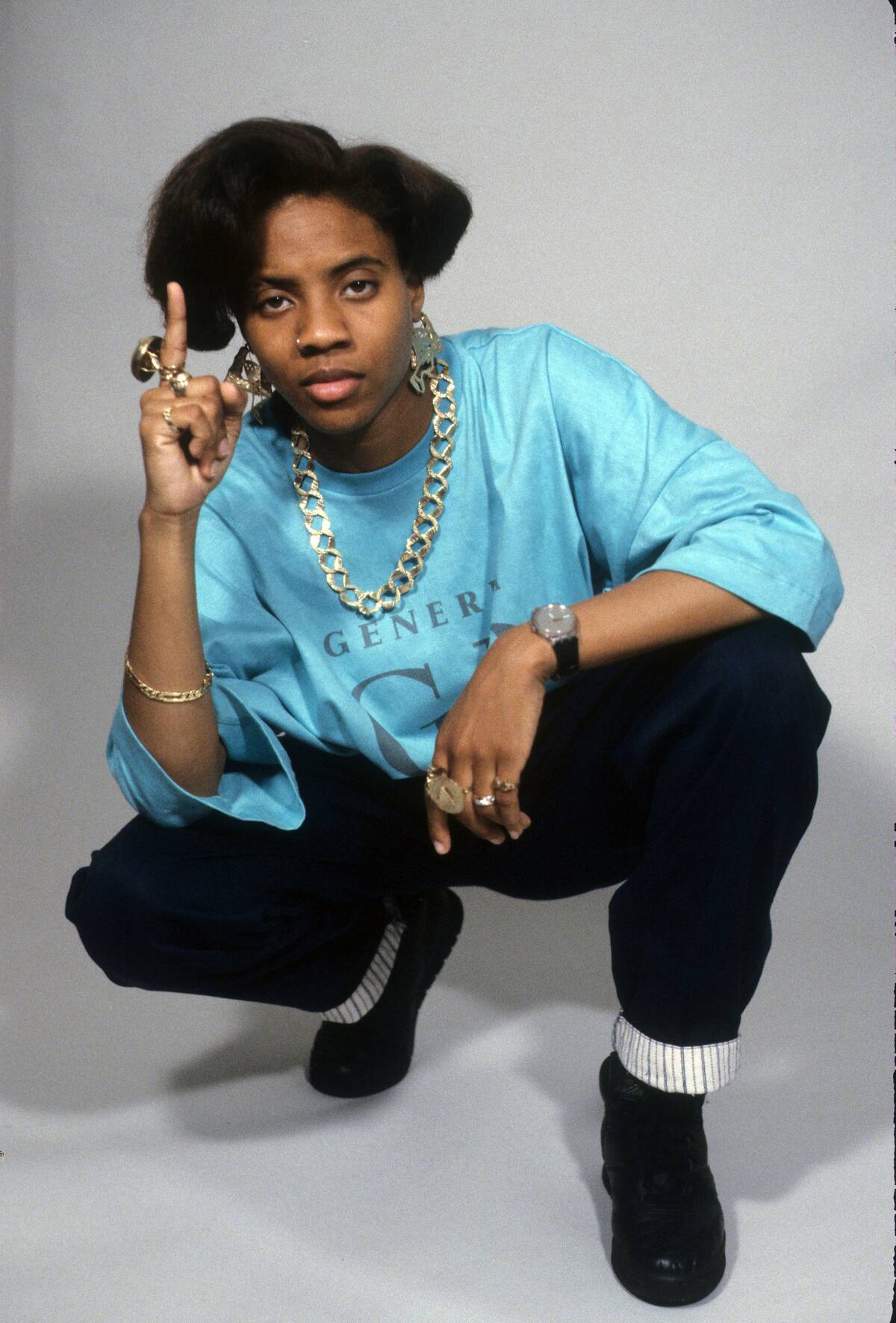
MC Lyte emerged as a powerful force in hip hop, using fashion to break gender barriers. Her style was a blend of tomboyish charm and feminine flair, featuring baggy jeans, oversized jackets, and bold accessories. MC Lyte’s confident approach to fashion challenged stereotypes and paved the way for future female artists to express themselves freely. Her legacy continues to inspire women in hip hop to prioritize authenticity over convention.
The Beastie Boys: Eclectic Fashion and the Hip Hop Punk Fusion
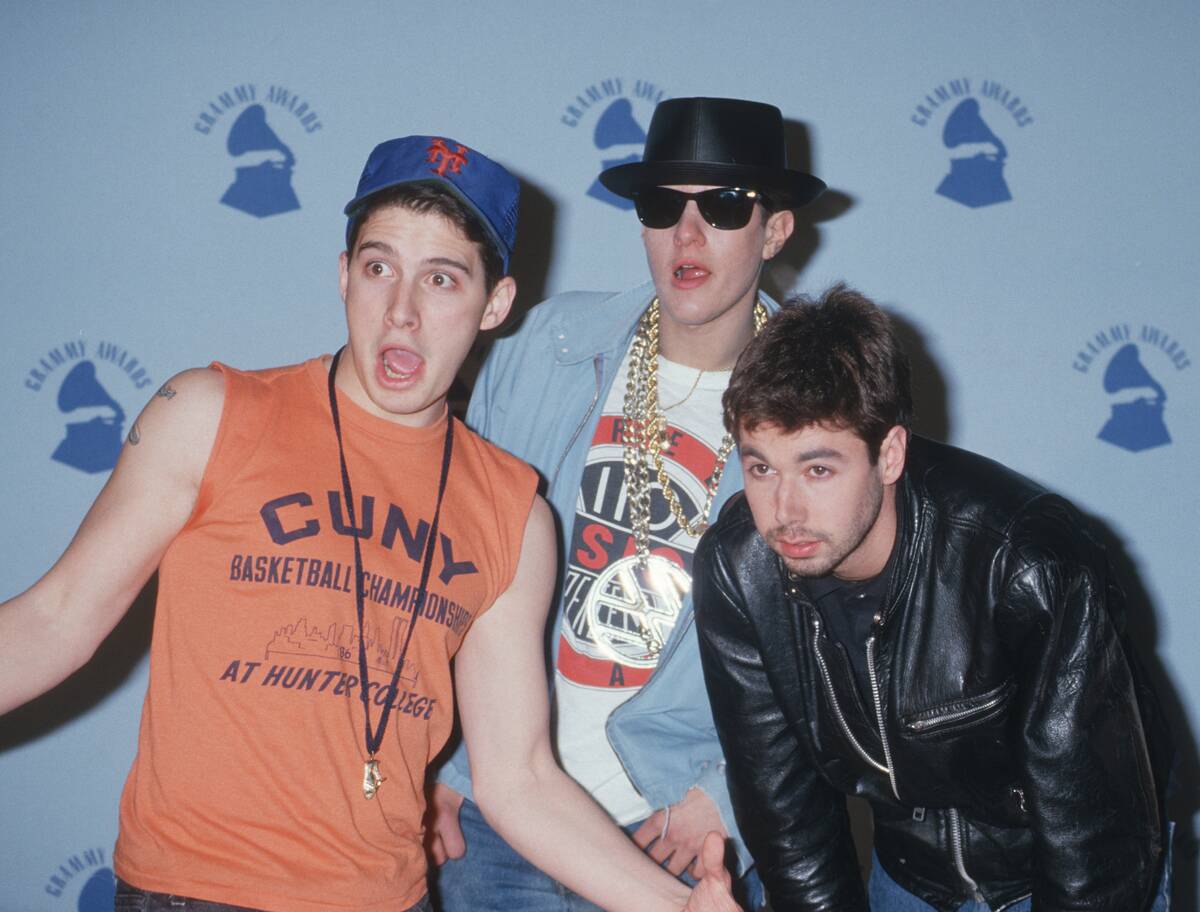
The Beastie Boys brought an eclectic mix of hip hop and punk to the fashion scene, creating a style that was uniquely their own. Their wardrobe often included graphic tees and mismatched sneakers, reflecting their rebellious spirit and diverse musical influences. The Beastie Boys’ fashion choices were a testament to their genre-blending sound, proving that hip hop could embrace multiple styles and subcultures.
Eric B. & Rakim: Fashioning a New Era of Hip Hop Cool
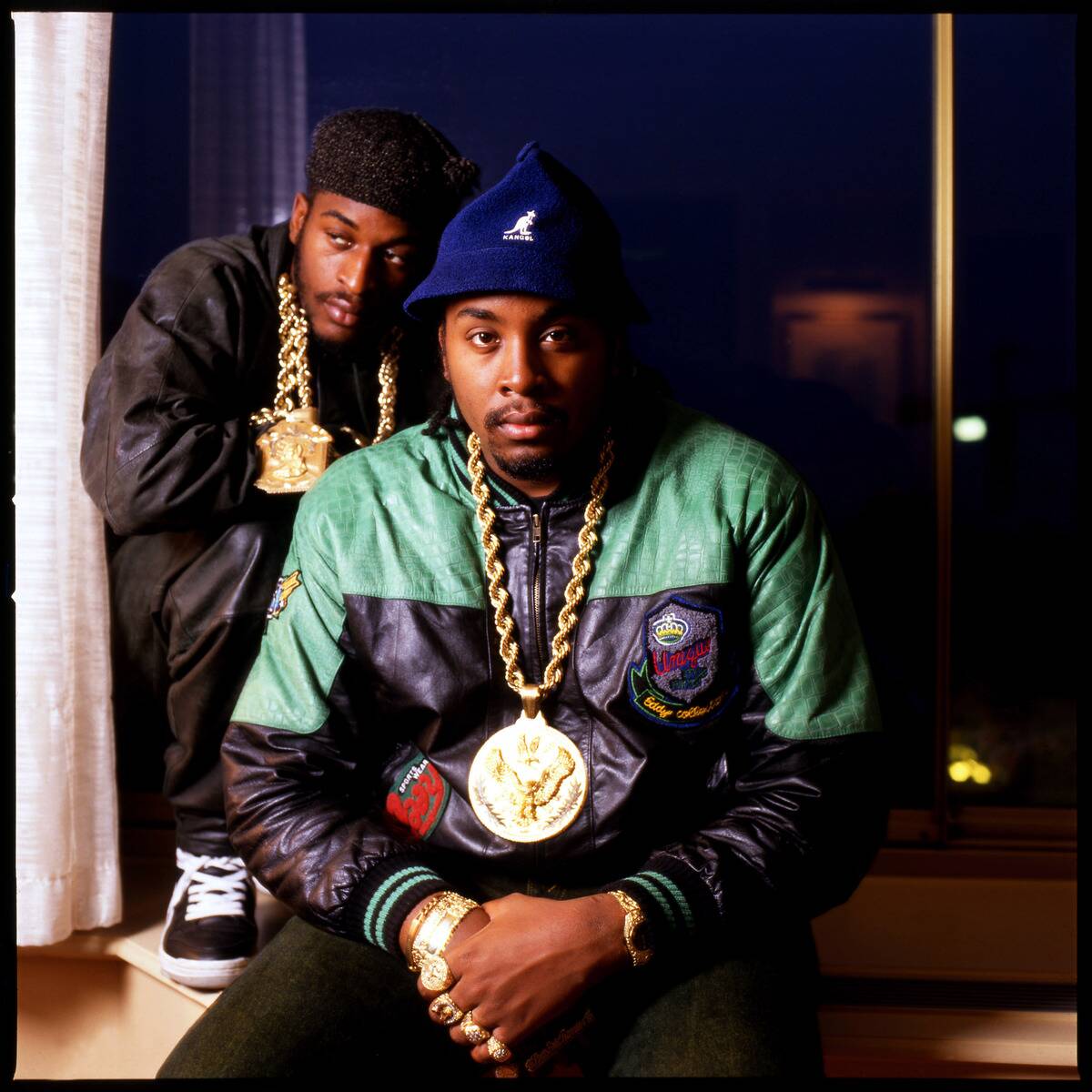
Eric B. & Rakim were instrumental in defining a new era of hip hop cool, merging street style with elegance. Their fashion sense was characterized by a mix of casual and sophisticated pieces, often featuring gold chains and designer wear. This fusion of styles reflected their innovative approach to music, influencing a generation of artists to explore new fashion frontiers while staying true to the roots of hip hop.



